-
 Biaxially Oriented Polypropylene Film
Biaxially Oriented Polypropylene Film
-
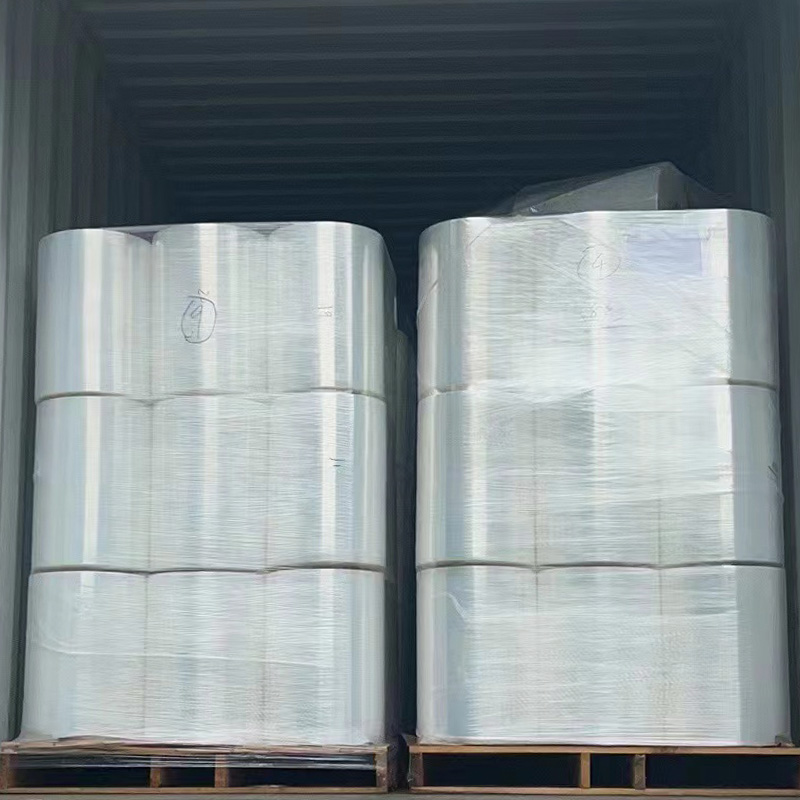 High Quality PE Stretch Film
High Quality PE Stretch Film
-
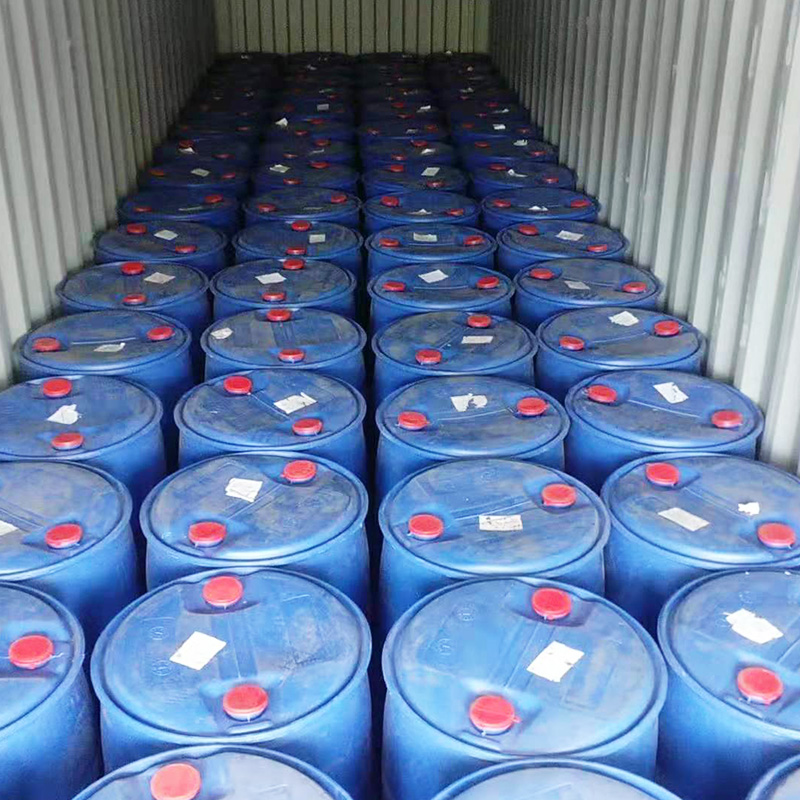 Water Based Acrylate Glue
Water Based Acrylate Glue
-
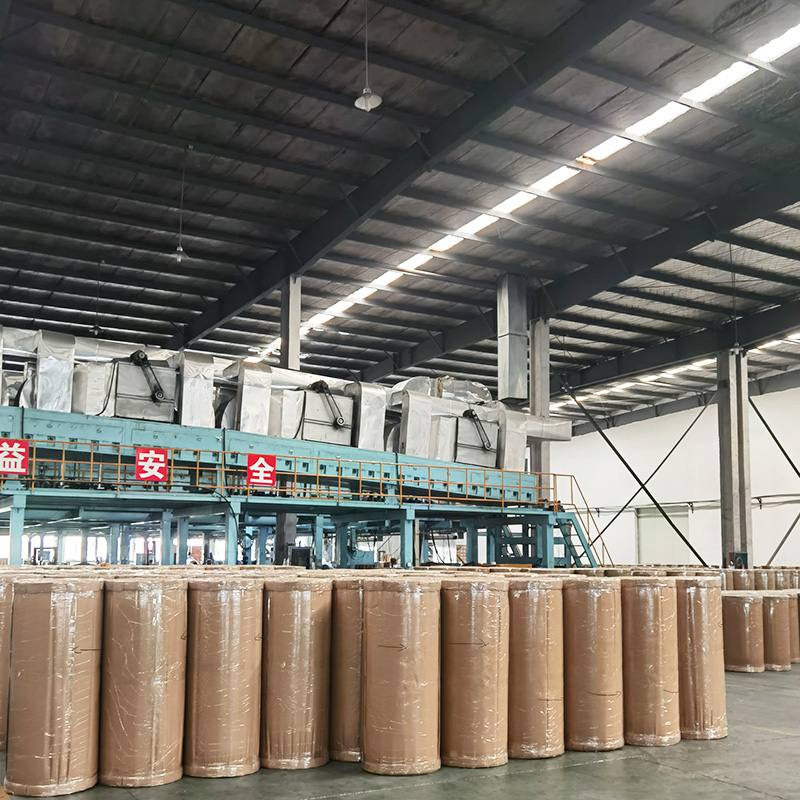 BOPP Acrylic Jumbo Roll Tape
BOPP Acrylic Jumbo Roll Tape
-
 BOPP Hotmelt Jumbo Roll Tape
BOPP Hotmelt Jumbo Roll Tape
-
 BOPP Solvent Jumbo Roll Tape
BOPP Solvent Jumbo Roll Tape
-
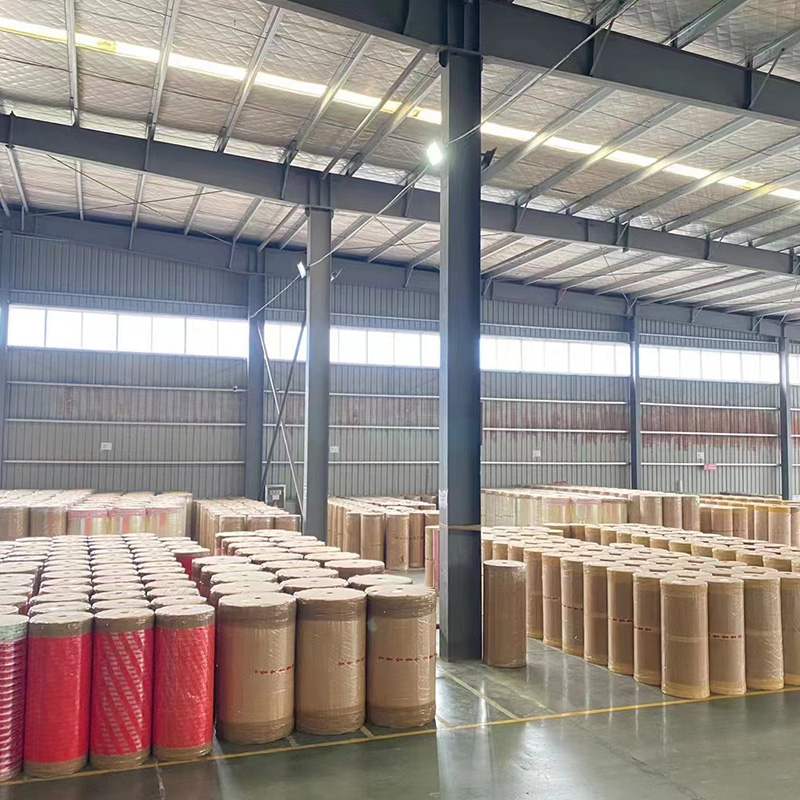 BOPP Natural Rubber Jumbo Roll Tape
BOPP Natural Rubber Jumbo Roll Tape
-
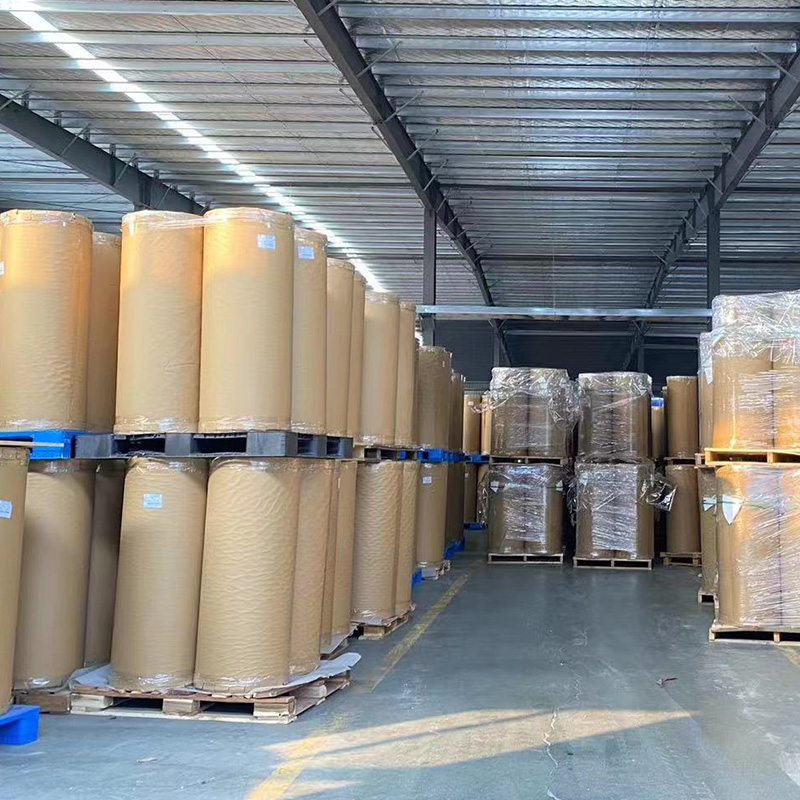 BOPP Low Noise Jumbo Roll Tape
BOPP Low Noise Jumbo Roll Tape
-
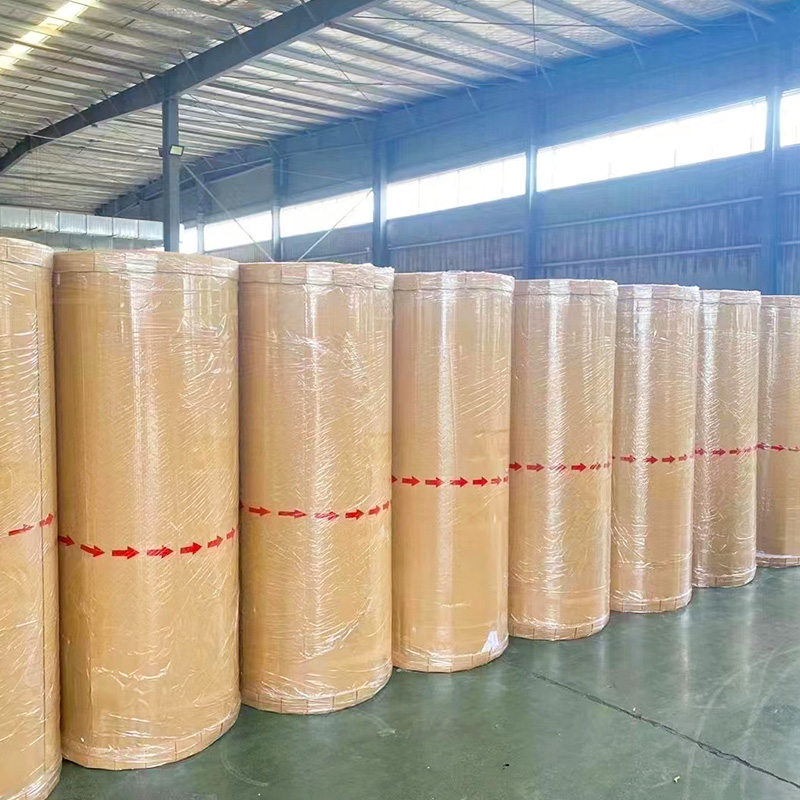 BOPP Silent Jumbo Roll Tape
BOPP Silent Jumbo Roll Tape
-
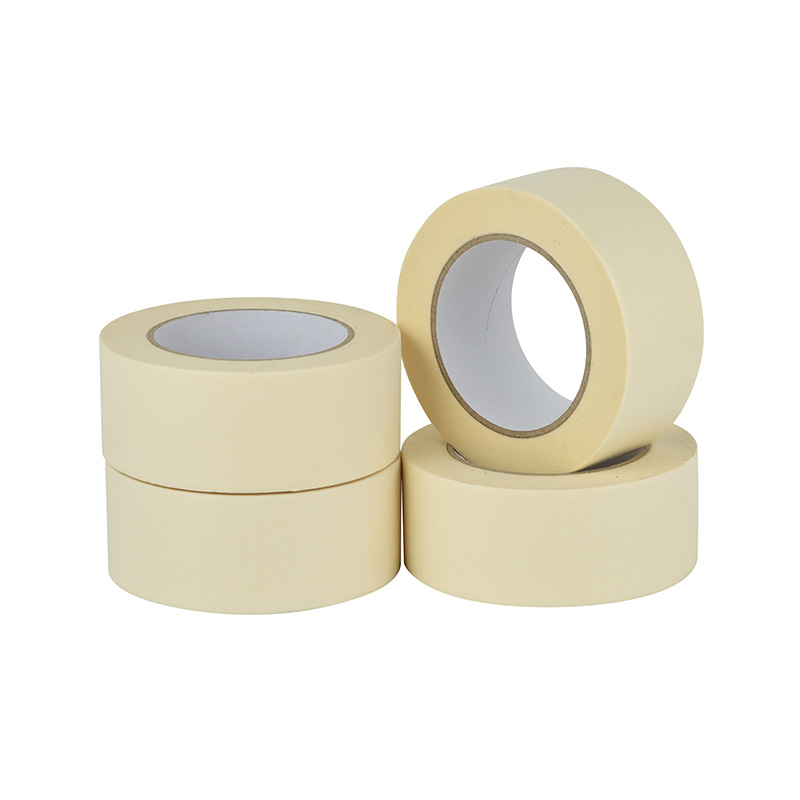 Masking Tape Jumbo Roll
Masking Tape Jumbo Roll
-
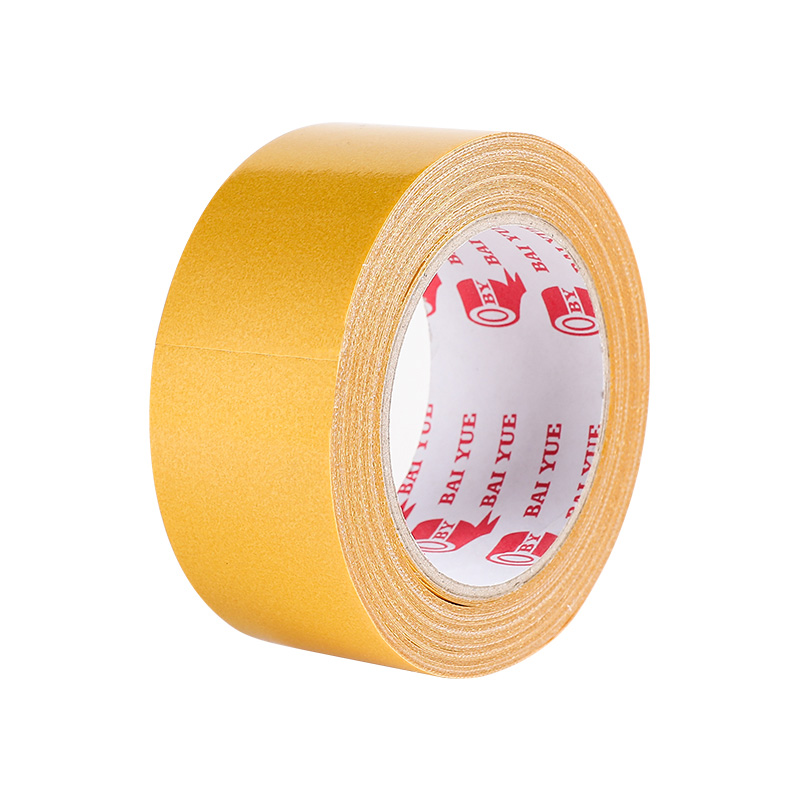 Duct Tape Jumbo Roll
Duct Tape Jumbo Roll
-
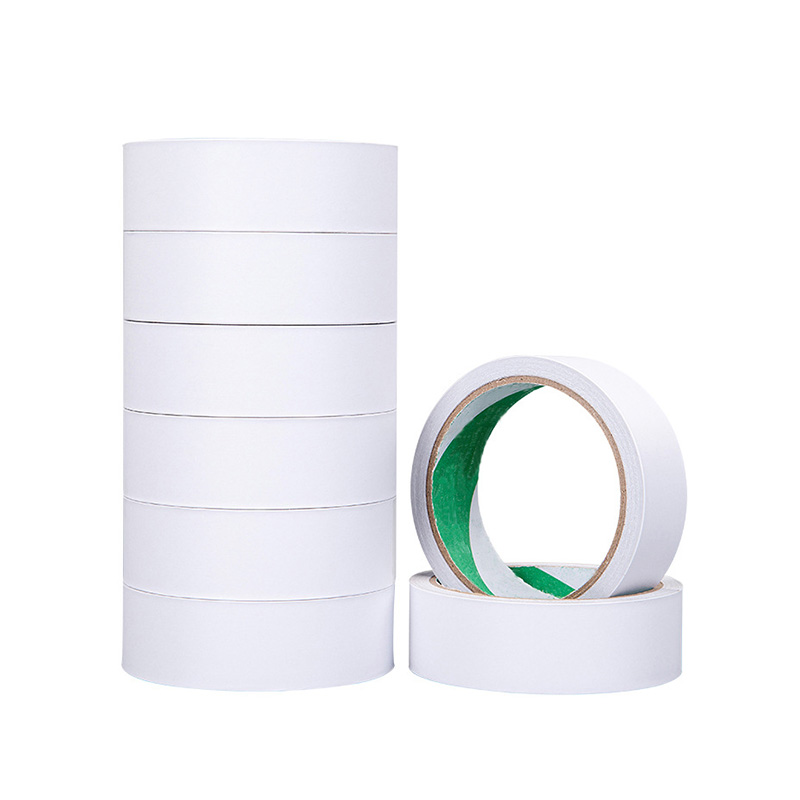 Double Side Tape Jumbo Roll
Double Side Tape Jumbo Roll
When does glue lose its tack?
Common Situations in Which Glue Loses Tack
Loss in tack during use is often caused by a combination of the following factors:
1. Environmental Factors
Temperature: Excessively high or low temperatures can change the viscosity of the glue, causing it to lose its tack.
Humidity: Moisture in the air can penetrate the adhesive layer, disrupting the intermolecular forces between the glue and the substrate, leading to a decrease in adhesion.
UV: Prolonged exposure to UV light accelerates the degradation of the photosensitizer and weakens the adhesive.
2. Material Aging
With extended storage time, the polymer chains within the glue gradually crosslink or degrade, causing a natural decrease in tack.
3. Improper Use
Mismatched Formulation: When the polarity and surface energy of the glue and the bonded material do not match, the bonding effect will rapidly diminish.
Surface Contamination: Oil, dust, or water film can form a barrier between the adhesive layer and the substrate, directly leading to loss of adhesion.
Uneven Application: Too thin or too thick an adhesive layer, lack of pressure, or insufficient curing time can all lead to bond failure. 4. Chemical Factors
Solvent Evaporation: Some solvent-based adhesives react with moisture in the air after opening, causing the adhesive to harden and lose fluidity, ultimately losing its adhesiveness.
How to melt dried adhesive?
After the adhesive has solidified in the bottle or adhered to a surface, there are several possible "softening-dissolving" methods. The following describes common scenarios:
| Scenario | Recommended Method | Key Steps |
| Glue solidified inside the bottle | Hot‑water soak | Place the opened bottle in near‑boiling water for 5–10 minutes. The heat softens the glue, allowing it to be extruded again. |
| Glue adhered to metal, plastic, or glass surfaces | Heat application | Use a hair dryer, warm towel, or heating pad on the glue spot. After softening, gently scrape it off with a blade. |
| Strong instant adhesives (e.g., cyanoacrylate “502”, “520”) | Organic solvent | Apply a few drops of nail‑remover, acetone, ethanol, or similar solvent onto the glue, wait 1–2 minutes, then wipe with a cotton swab or soft cloth. For thicker layers, pre‑heat with a warm towel before applying the solvent. |
| Water‑based or water‑soluble glue | Soapy water or hand‑soap solution | Dissolve soap or hand‑wash liquid in warm water (≈70‑80 °C). Soak the glue for 3‑5 minutes, then rub; the glue will soften and detach. |
| Large blocks of cured glue | Steam or double‑boiler heating | Place the cured glue in the upper part of a double boiler, heat to 80‑100 °C while stirring continuously. The glue expands and softens, allowing it to be poured out or scraped off. |
| Special adhesives (silicone, BOPP‑based tapes, etc.) | Heat‑gun treatment | Apply uniform heat at 80‑100 °C to soften the adhesive, then remove with a scraper. Avoid overheating to prevent damage to the underlying material. |
Safety Tips: When working with organic solvents, always work in a well-ventilated environment and wear protective gloves. Avoid burns and thermal damage to the substrate during heat treatment.
-
 +86-575-82818961
+86-575-82818961
+86-15906537907 -
 fortuna@baiyiadhesive.com
fortuna@baiyiadhesive.com
-
 Baiguan industrialZone,Shangyu District, Shaoxing City, Zhejiang Province, China
Baiguan industrialZone,Shangyu District, Shaoxing City, Zhejiang Province, China



Copyright © Zhejiang Baiyi Adhesive Products Co., Ltd. All Rights
Reserved.
Wholesale Tape Manufacturer
Custom Tape Supplier

 fortuna@baiyiadhesine.com
fortuna@baiyiadhesine.com


 中文简体
中文简体 Español
Español عربى
عربى